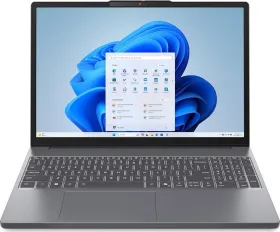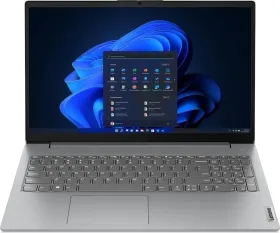Europe sets the best safety standards. That has once again been proved with the new Euro NCAP rules where manufacturers will lose points for the lack of physical buttons in their cars. This comes as part of Europe’s dedication towards road safety where 90 percent of the people review NCAP ratings before making a purchase.
In general opinion, this comes as a great decision in favour of passenger safety, but it also brings in a whole new set of problems for manufacturers who will find it difficult to achieve a full 5-star rating on their vehicles or have to make significant hardware changes in order to achieve that rating. So let me take you through everything that the new Euro NCAP rules say, what the decisions mean for the car buyers and car makers and finally, my take on these changes. Let’s go!
What New Euro NCAP Safety Assessment Protocols for 2026 State
The new Euro NCAP safety assessment protocols for 2026 will focus on better protection for diverse passengers. This means that manufacturers will now have to put in more robust ADAS systems in cars that can perform better in real world conditions. Now that is something that most manufacturers are already working on so it doesn’t change much. However, the new guidelines about having physical controls in cars is something that will send many manufacturers back to the drawing board.
In order to get maximum points in NCAP safety ratings, manufacturers will have to put physical buttons or stocks in their cars especially for critical controls like horn, turn signals, hazard lights, windshield wipers, and emergency SOS. The new rules focus on ensuring the driver’s attention is focused on the road as much as possible.
Why Do We Need Physical Buttons On Cars
Now this is something that I have always been very vocal about since the day we started getting touch controls in our cars. I am not a fan as it diverts the driver’s attention. The regulators in Europe have now echoed the same concern backed by studies and numbers.
The studies referred to for this update show that taking the eyes off the road for even two seconds can lead to a collision. The touchscreens on cars can increase safety risks as they can divert your attention by 5 to 40 seconds per task! Furthermore, if there is no haptic feedback, repeated glances further divert the driver’s attention away from the road. According to data cited by RushLane in their report, distraction-related crashes have increased by 20 percent since 2020.
Why Are Manufacturers Worried?
Now manufacturers are worried about this change as it will require quite an overhaul in terms of the hardware they are using in newer cars. Most car-makers have made their cabins very minimalistic or clutter-free thanks to the touch controls. This means that returning to physical buttons will require substantial hardware redesign and supply chain adjustments, which is an added cost in the manufacturing process and can potentially delay many launches next year.
Apart from physical buttons and more robust ADAS, Euro NCAP has also mandated that some information be displayed at specific angles which includes alerts for lights, speed, and assistance controls.
My Take On New Euro NCAP Mandate
In a previous article on this same topic, I had said that these touch controls are a step back in terms of intuitive design and ergonomics, apart from being a distraction. I am still of the same opinion. Anything that doesn’t have feedback or can not become part of the muscle memory of drivers is bound to become a hindrance to people’s safety on the road – touch controls are just that.
Now I am of the view that at least some controls like turn signals, lights, hazard lights, volume controls, and climate controls should never be touch sensitive. Yes, there are other things also that don’t make sense in touch controls, but these are deal breakers. The overly sensitive touch controls create a distracting and often frustrating experience while driving, which is definitely a safety issue.
These days, cars come with too many unnecessary touch controls that aren’t limited to the main screen or the infotainment display. It spills over to things like the dashboard, the center console, and even climate control and music, which is just diabolical since it took many years to make those dials or buttons a part of our muscle memory.
So yes, as the tech inside cars is advancing rapidly, measures like this are important to make sure that it doesn’t take away from the driving experience or safety of passengers. Overuse of touch controls in cars is nothing but an example of making things look good but forgetting the functionality or safety aspects of it in the process. So yes, while things are getting exciting in terms of the tech development inside cars, the physical buttons and dials should be kept in place for everyone’s safety.

































